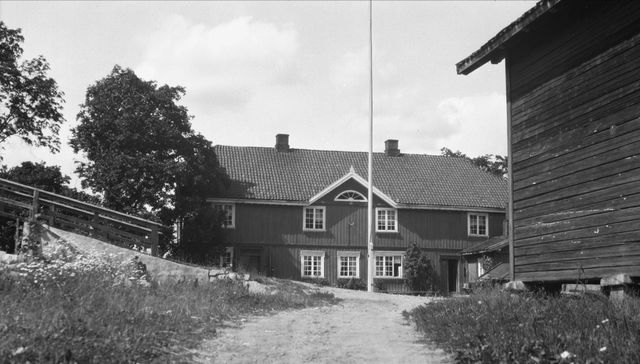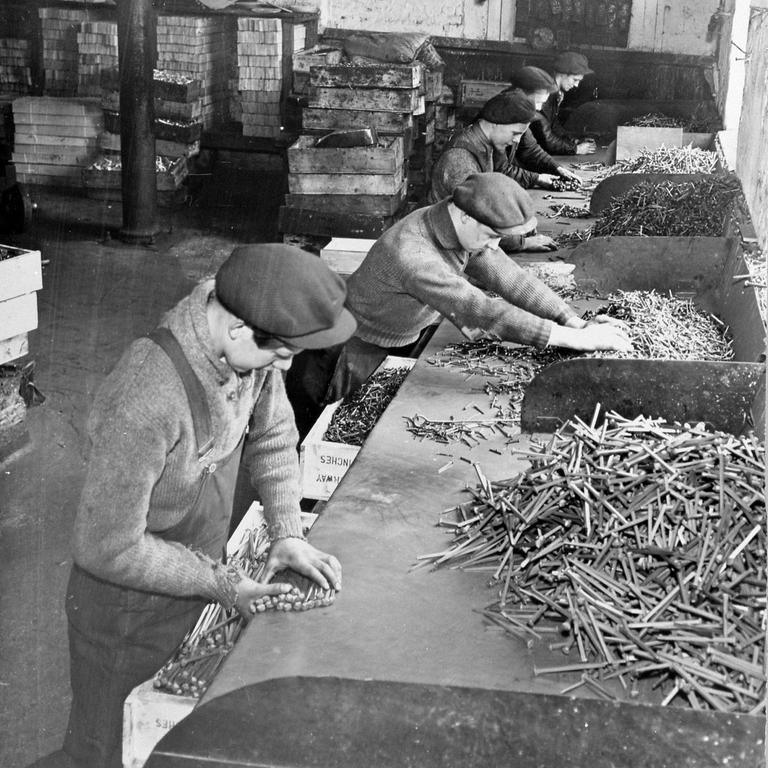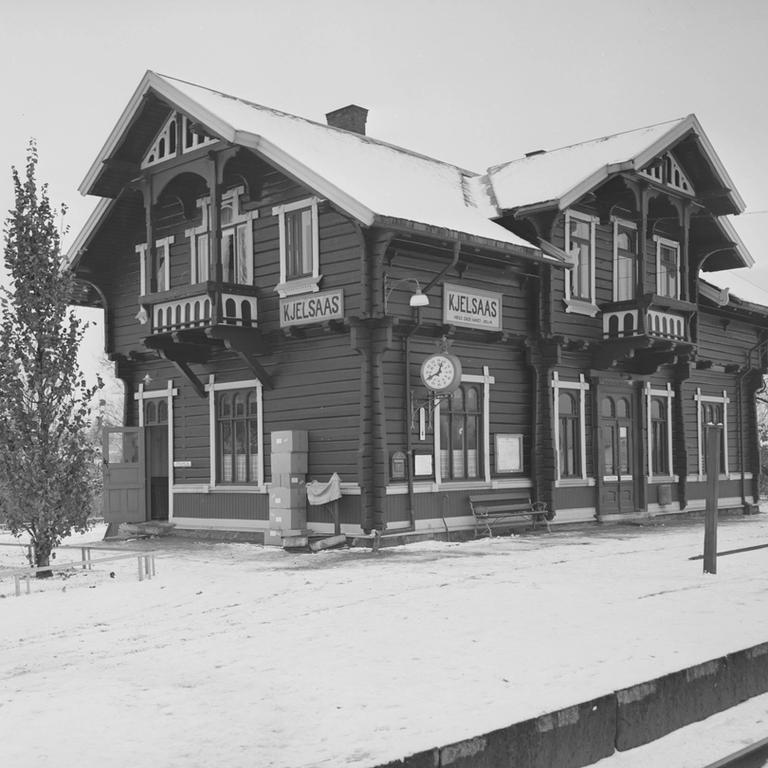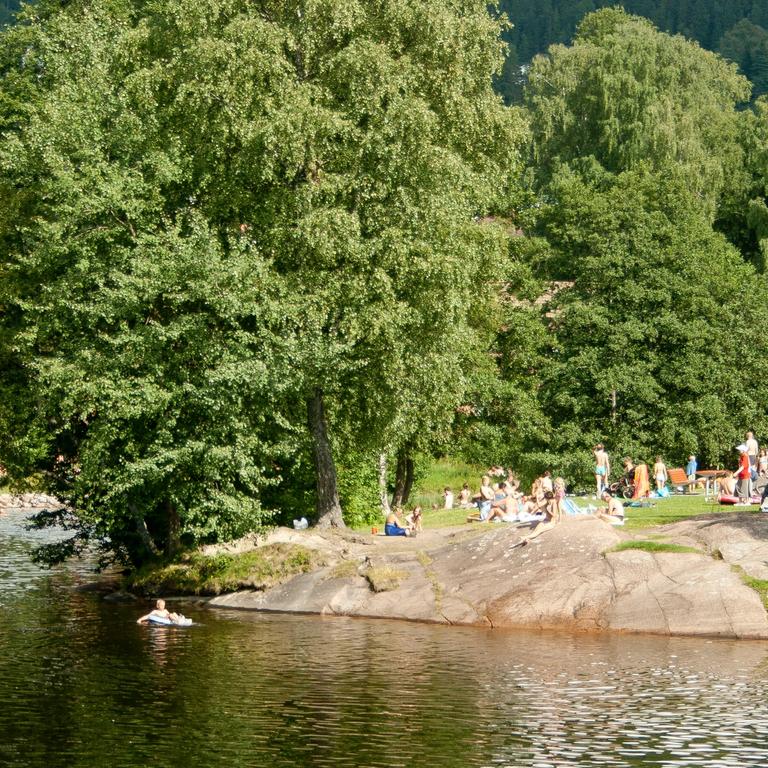In words and pictures: Kjelsås

Working-class neighborhood
Kjelsås is situated along the Akerselva river. The area has been considered a classic working-class neighborhood. There were many factories here that used hydro power from the river, among other things to float timber from Nordmarka.
There was also a lot of forest and agriculture in the area, and Kjelsås had both a sawmill and a factory for steel wire and nails
The first houses that were built were large and elaborate, intended for the managers and supervisors of the factories.
Gradually, large properties were also divided into small plots, and many small houses were built for workers and functionaries.

Kjelsås station and public transport
When the Gjøvik Line opened in 1900, Kjelsås got its own railway station. This made it easier to get here, and more people began to work in the industry in the area.
Later, the area also got a tram service. The Kjelsås Line opened in 1934 as an extension of the line from Grünerløkka and Torshov. The tram strengthened the connection to the city center.
In 2002, the tram line between Disen and Kjelsås was shut down, but it was reopened in 2004 after significant local engagement. The route has since been upgraded several times.
The Kjelsås Line has two turning loops, one at the terminal station at Kjelsås and one at Disen.

Kjelsås today: Villas, science and swimming spots
Today, Kjelsås is considered a calm and attractive villa area. The neighborhood is characterized by detached houses, with some terraced houses and apartments. Proximity to the forest, Akerselva, and a short commute to the city make it especially popular among families with children.
Norwegian Museum of Science and Technology
At Kjelsås lies the Norwegian Museum of Science and Technology, a national museum for technology, science, industry, and medicine. Here, both children and adults can explore exciting exhibitions and activities. The museum is a popular attraction for both residents and visitors in Oslo.
Frysja and Brekkedammen
Near the Technical Museum, you'll find Brekkedammen by Frysja. It is said that the pond has the cleanest bathing water in Oslo, and is one of many swimming opportunities in the area.
Here you can swim, fish, or take a walk along the river. The area is well facilitated, also for people with mobility impairments, and is frequently used by both residents and visitors.
